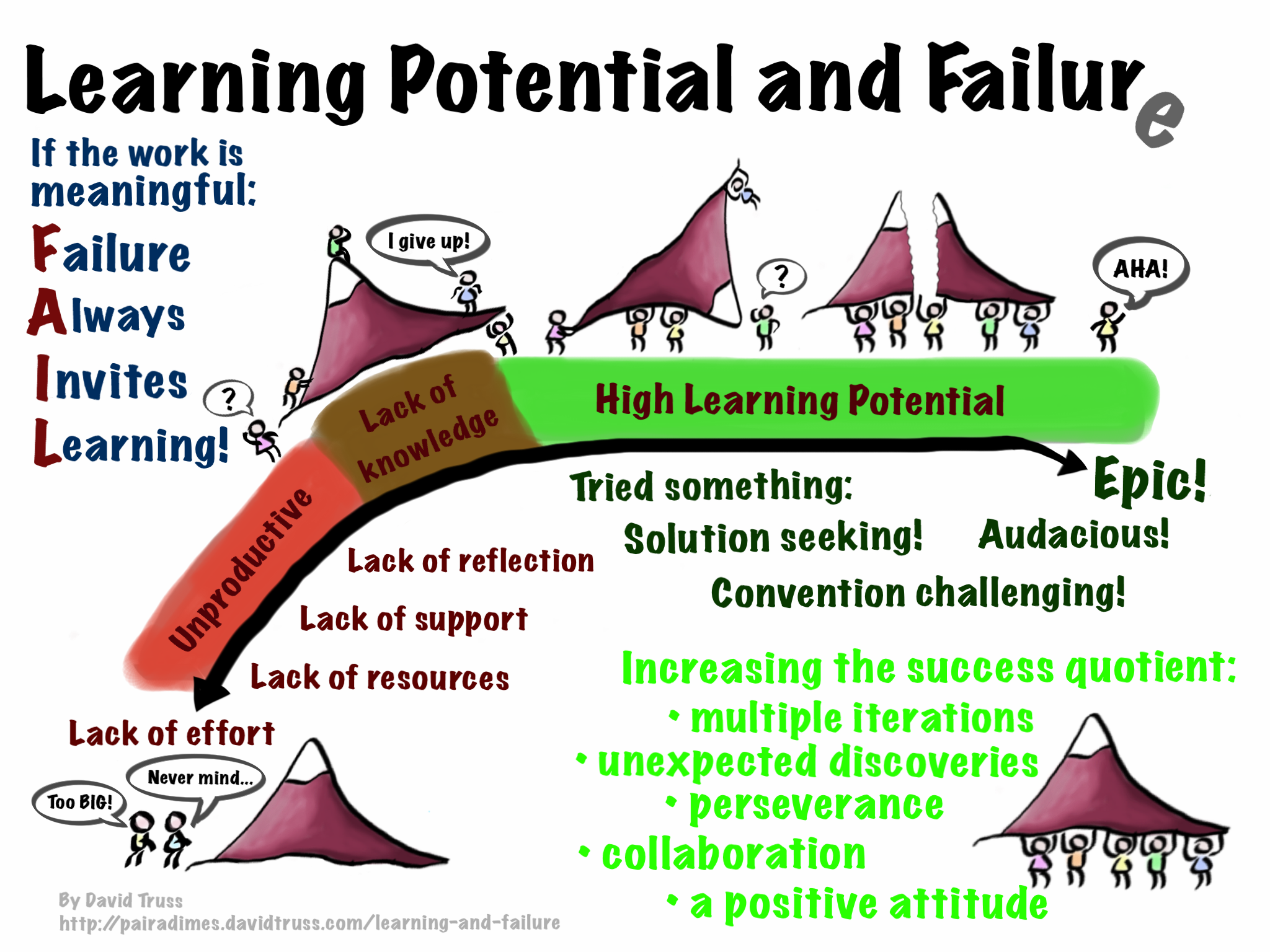Well, I can't quite believe it, but my last post here was in August. AUGUST! That was winter. That was the cold, dark depths of what makes Dunedin Dunedin. That was before the crazy exam season for seniors, including preliminary and actual NCEA exams. And, of course, marking, marking, marking. Welcome, December. You are a gift to teachers!
At the moment, I'm getting into audiobooks. This was triggered by need and curiosity - a long road trip driving between Dunedin and Christchurch and back again in a weekend. There is an extra dimension to audiobooks; a scary variability - the narrator. If the narrator grates, it's unlikely that I'll keep listening. That voice! Richard Flanagan's The Narrow Road to the Deep North was my choice for the drive, and I was reassured by the fact that the book was read by Flanagan, too. So, I reasoned, even if I didn't like his voice, it was being read the way intended when written.
It was so enjoyable listening to this year's Booker winner in this way. It opened up a new (but, of course, old) way of enjoying stories for me. In the past, when it's come to storytelling, I've always favoured reading over listening (unless you count my writer husband spinning another good yarn at the dinner table. 'Tell us another story about when you were in India!' says Esme (aged 5), yet again. Solomon (aged 15) groans and rolls his eyes, yet again. But he is always secretly interested).
In the Secondary Teaching and Learning Guide for my subject area, English, the key concept areas are Identity, Communication, Story and Meaning. This guide is well worth devoting some holiday time to this December. The guide says this:
Story
People use oral, written, and visual English to tell stories, and to read, hear, and view the stories of others. Our stories define us. When our stories connect with the stories of others, our lives change.I agree. Stories define us. Stories help us empathise. Stories are yet another form of creativity - vital in life and for living (and certainly in the classroom and in education. Have a look at the video in this post. Ken Robinson explaining this again - it's an old favourite).
I thought a lot about this as I listened to a story in a different way - via audiobook rather than reading. When we read we decode via a range of semiotics; we make meaning using signs and symbols on a page - words. When we listen we are still decoding and still engaging with semiotics - but it a different way. This got me thinking about signs and symbols a little more, too.
The New Zealand Curriculum has some fabulous aspirational guidelines in the 'Values' and 'Key Competencies'. It says this about signs and symbols:
Using language, symbols, and texts
Using language, symbols, and texts is about working with and making meaning of the codes in which knowledge is expressed. Languages and symbols are systems for representing and communicating information, experiences, and ideas. People use languages and symbols to produce texts of all kinds: written, oral/aural, and visual; informative and imaginative; informal and formal; mathematical, scientific, and technological.Students who are competent users of language, symbols, and texts can interpret and use words, number, images, movement, metaphor, and technologies in a range of contexts. They recognise how choices of language, symbol, or text affect people’s understanding and the ways in which they respond to communications. They confidently use ICT (including, where appropriate, assistive technologies) to access and provide information and to communicate with others.
So, of course, listening to language is as vital as reading language. That is why 'listening' is as valued as 'reading' in the New Zealand English Curriculum Area. 'Understanding, using, and creating oral, written, and visual texts of increasing complexity is at the heart of English teaching and learning. By engaging with text-based activities, students become increasingly skilled and sophisticated speakers and listeners, writers and readers, presenters and viewers.'
I guess that listening to Richard Flanagan's charming Australian drawl is another text, another life experience, that has led me again to the New Zealand Curriculum, and once again I find myself reflecting on and thinking about my teaching practice in response to this.
Conclusion? Perhaps more oral texts in class. And maybe I'll start with The Narrow Road to the Deep North.
'Civilisation is a race between education and catastrophe.' H.G. Wells































